Pay Reduction Letter Template for Employers and Employees
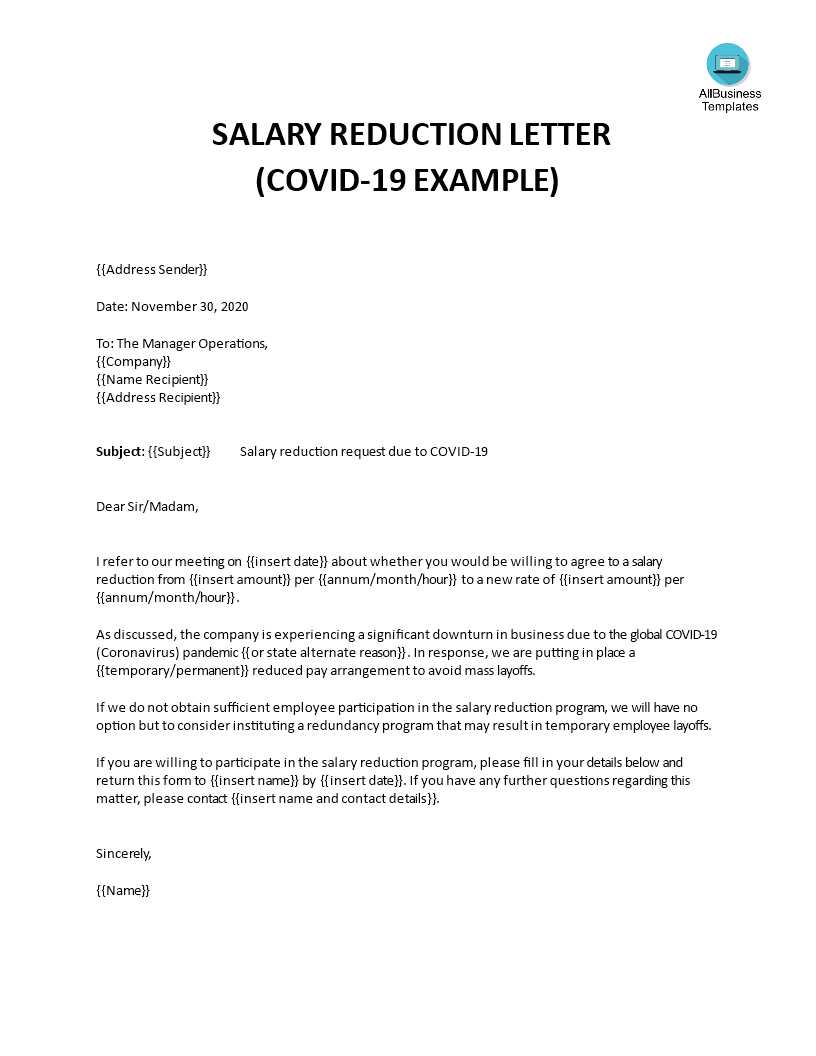
When a company needs to inform an employee about changes to their compensation, it’s essential to handle the situation with care and professionalism. Effective communication is crucial to ensure the employee understands the reason for the change and feels respected during the process. A well-crafted document can serve as an important tool for both employers and employees in navigating these adjustments smoothly.
Clear communication is key to minimizing any misunderstandings or dissatisfaction. It’s important to explain the rationale behind the decision and to provide details about how it will affect the employee’s compensation moving forward. The tone and structure of the message play a significant role in ensuring that the employee receives the information with clarity and empathy.
Additionally, businesses must be aware of the legal and ethical implications of altering an employee’s wages. Understanding the guidelines and creating a thoughtful approach can help foster trust and maintain positive working relationships. By following best practices and ensuring transparency, organizations can handle these sensitive matters in a constructive way.
Understanding the Importance of Pay Reduction Letters
In any organization, changes to employee compensation require careful thought and clear communication. When adjustments are made, it’s essential to address the situation with transparency and respect. Proper documentation ensures that all parties are informed and that there is no confusion about the reasons behind the decision. A well-written document can help avoid misunderstandings, clarify expectations, and establish a record for future reference.
Such a communication serves as a formal acknowledgment of the change, offering both the employer and employee a clear understanding of what is happening. It outlines key details such as the amount of the change, the reasons behind it, and any potential impact on the employee’s responsibilities or benefits. This written approach provides both parties with a sense of security and clarity, reducing the likelihood of disputes or negative feelings arising later.
Additionally, handling these matters professionally can help maintain a positive working environment, even during difficult times. A well-crafted document communicates the employer’s consideration for the employee, fostering trust and maintaining a respectful relationship despite changes to compensation.
Key Elements to Include in the Template
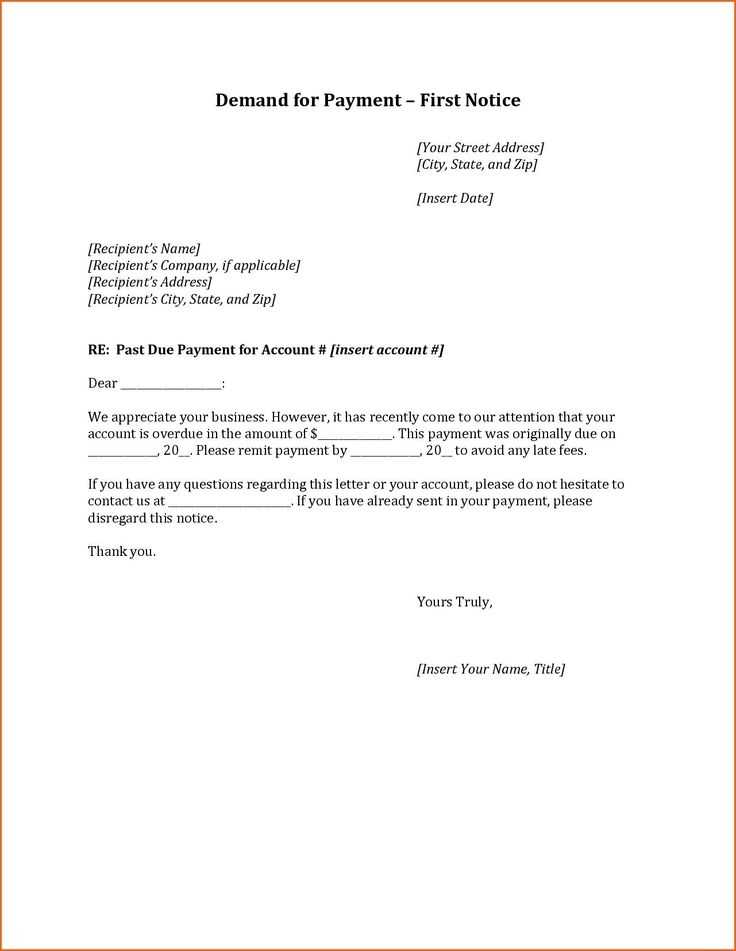
When drafting a formal document to notify an employee about changes to their compensation, it’s important to include certain critical elements that ensure clarity and professionalism. These components help outline the nature of the adjustments, the reasoning behind them, and how the changes will be implemented. Including these key details fosters transparency and reduces the chance of confusion or miscommunication.
| Element | Description |
|---|---|
| Introduction | Start with a clear and polite statement explaining the purpose of the document, acknowledging the employee’s role in the organization. |
| Details of the Change | Clearly specify the exact nature of the change, including the new compensation amount, percentage change, or any other relevant adjustments. |
| Reason for the Change | Provide a concise and honest explanation for why the changes are being made, whether due to financial circumstances, business needs, or other factors. |
| Effective Date | State when the changes will take effect to ensure the employee has a clear understanding of the timeline. |
| Next Steps | Outline any necessary actions the employee may need to take in response to the changes, such as confirming receipt or discussing further adjustments. |
| Closing Remarks | End on a positive note, reaffirming the employer’s appreciation for the employee’s work and expressing support for their continued success in the organization. |
How to Address Employees Professionally
When communicating with employees about important changes to their compensation, maintaining a professional tone is essential. The way the message is conveyed can impact the employee’s reaction and the overall relationship between them and the company. It is crucial to approach these discussions with respect, clarity, and empathy to foster trust and ensure that the information is received in the intended manner.
First, it’s important to use clear and precise language. Avoid ambiguity by being direct about the details of the change and explaining why it’s necessary. At the same time, it’s important to maintain a compassionate tone, acknowledging the potential challenges the employee might face as a result. Using a respectful and understanding approach can help soften the impact of the news and demonstrate the company’s commitment to its employees.
Additionally, always address employees by their proper title and name, ensuring that they feel valued and respected. This shows that the company cares about their individual well-being and is serious about maintaining a professional environment, even in difficult circumstances.
Legal Considerations for Pay Reductions
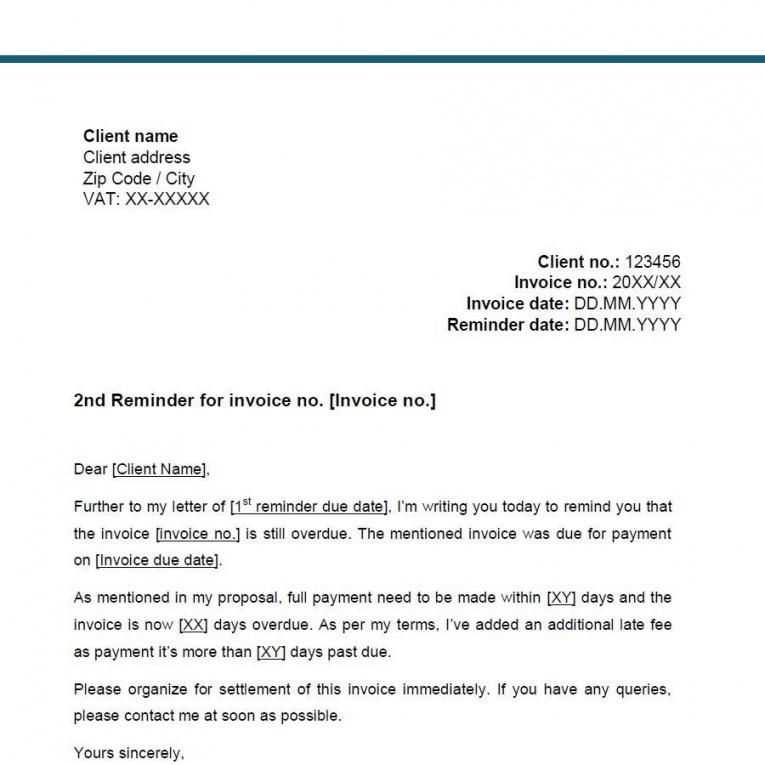
When altering an employee’s compensation, it is essential to consider the legal implications of such changes. Employers must ensure that any adjustments comply with labor laws and contractual agreements to avoid potential legal disputes. Failing to follow proper procedures can lead to claims of unfair treatment, breach of contract, or violations of employment rights. Understanding these legal requirements helps both employers and employees navigate the situation smoothly and protect their interests.
Contractual Obligations and Agreements
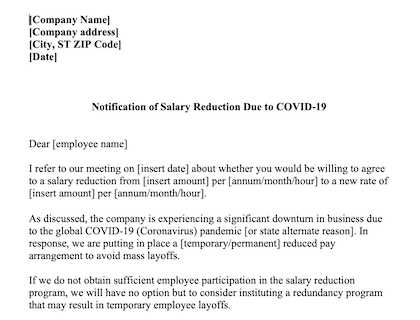
In many cases, employment contracts specify the agreed-upon salary and may outline conditions for any changes. Employers should review these contracts carefully before making any adjustments to ensure they are in line with the terms agreed upon. Failing to adhere to contractual obligations could result in legal challenges, as employees may have the right to dispute any changes that violate the terms of their agreement.
Compliance with Labor Laws
Employers must also adhere to local and national labor laws governing wages and employment conditions. These laws may include minimum wage requirements, regulations regarding salary changes, and protections against unfair treatment. Before implementing compensation adjustments, employers should verify that their actions comply with the relevant legislation to avoid legal consequences.
Steps to Implementing Salary Adjustments
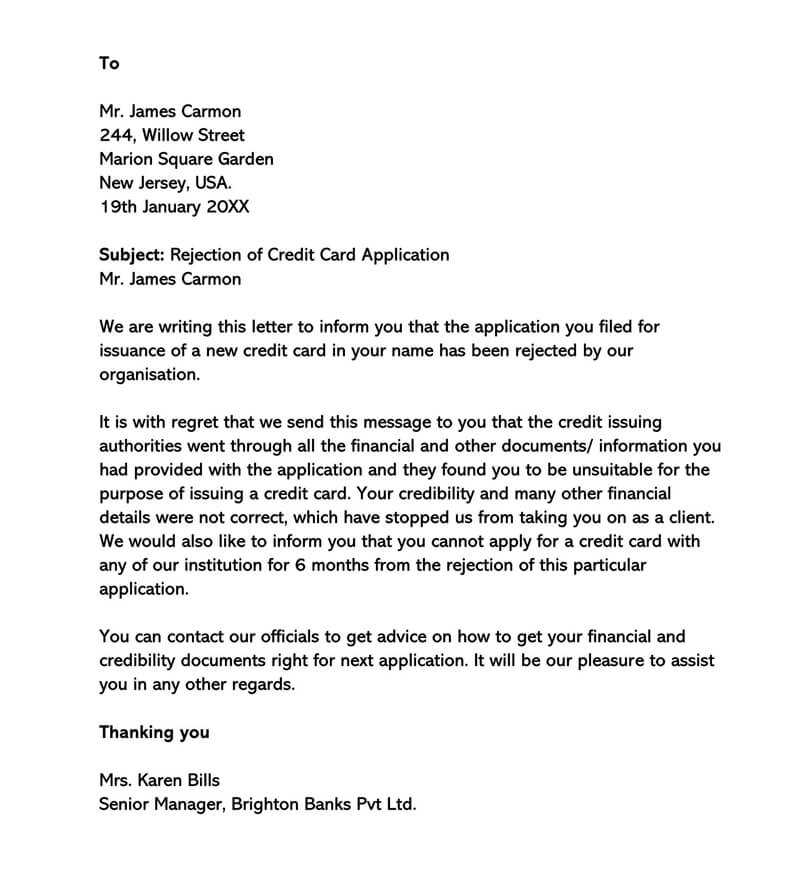
Implementing changes to an employee’s earnings involves a clear and structured approach to ensure that the process is transparent and fair. This process requires careful planning, clear communication, and a thorough understanding of both company policies and legal obligations. By following a step-by-step approach, employers can make necessary adjustments while maintaining a positive working relationship with their staff.
Step 1: Assess the Situation
Before making any changes, it’s important to assess the reasons behind the need for adjustments. Whether the change is due to financial constraints, restructuring, or performance-related issues, having a clear understanding of the cause will help in communicating the situation effectively to employees.
Step 2: Review Employment Contracts and Legal Requirements
It’s essential to review each employee’s contract to ensure any adjustments align with the terms outlined. Employers must also ensure they comply with local labor laws regarding salary changes, including any minimum wage regulations or contractual limitations. Legal advice may be necessary to avoid potential disputes.
Step 3: Communicate the Change
Clear communication is crucial when implementing any adjustment. Employers should inform employees well in advance, explaining the reasons behind the change, how it will affect them, and the timeline. A formal notification, written with clarity and respect, helps employees process the change and reduces the risk of misunderstandings.
Step 4: Provide Support and Address Concerns
Once the change is communicated, employers should be open to discussing any concerns or questions employees may have. Providing support and being available to clarify details can help ease the transition and maintain morale within the team.
Step 5: Monitor and Follow Up
After the adjustments take effect, it’s important to monitor the situation and follow up with employees to ensure they understand the change and are adjusting accordingly. Regular check-ins help maintain a positive work environment and ensure that the adjustment is effective in achieving the desired goals.
Common Mistakes to Avoid in Letters
When notifying an employee about changes to their earnings or other terms of employment, the way the information is presented can significantly impact how it is received. It’s essential to avoid certain errors that could lead to confusion, legal issues, or strained relationships. Understanding the most common mistakes and how to avoid them can help ensure that the communication is both professional and effective.
- Lack of Clarity: Failing to clearly explain the changes and the reasons behind them can cause misunderstandings. Be specific about the details and avoid vague language.
- Using a Harsh Tone: The tone should be respectful and empathetic, even when delivering difficult news. Avoid language that may sound accusatory or unsympathetic.
- Not Addressing the Impact: It’s important to acknowledge how the changes may affect the employee. Ignoring this can make the employee feel disregarded or undervalued.
- Failure to Provide a Timeline: Always include the date when the changes will take effect. Failing to do so leaves employees uncertain about when the adjustment will happen.
- Not Offering Support or Solutions: If the changes may cause difficulties for the employee, it’s vital to offer help or alternative solutions. Failing to provide options could make the employee feel unsupported.
- Ignoring Legal Obligations: Be sure to review all legal requirements and contractual terms before making any changes. Neglecting this could lead to disputes or legal consequences.
By avoiding these common mistakes, employers can communicate changes effectively while maintaining a respectful and professional relationship with their employees.
Best Practices for Effective Communication
Clear and respectful communication is essential when informing employees about significant changes to their employment terms. A well-structured and thoughtful message can help maintain trust, reduce confusion, and ensure that the employee understands the reasons behind the adjustments. By following best practices, employers can navigate these sensitive conversations in a way that is both professional and considerate.
Be Transparent and Honest
Always explain the reasons for the change in clear and straightforward terms. Transparency fosters trust, and employees will appreciate understanding the circumstances that led to the adjustment. Avoid withholding information that may be important to them.
Use a Respectful and Empathetic Tone
Even when delivering difficult news, ensure the tone remains professional and compassionate. Acknowledge the potential challenges the employee may face and express your understanding. This can make the communication feel less like a formal notification and more like a conversation built on mutual respect.
Provide Clear Details
Be precise about the nature of the change, the timeline, and how it will affect the employee. Ambiguity can cause unnecessary stress and confusion. Include all relevant details, such as the exact impact on the employee’s compensation, and when they can expect the changes to take effect.
Allow for Open Dialogue
Encourage employees to ask questions and share any concerns they may have. Creating an open line of communication shows that you value their input and are willing to provide clarification where necessary. This helps reduce feelings of uncertainty or frustration.
Offer Support and Solutions
If the changes could cause difficulties for the employee, provide options for support or discuss potential solutions. This shows that the company is committed to helping the employee through the adjustment period and values their contributions.